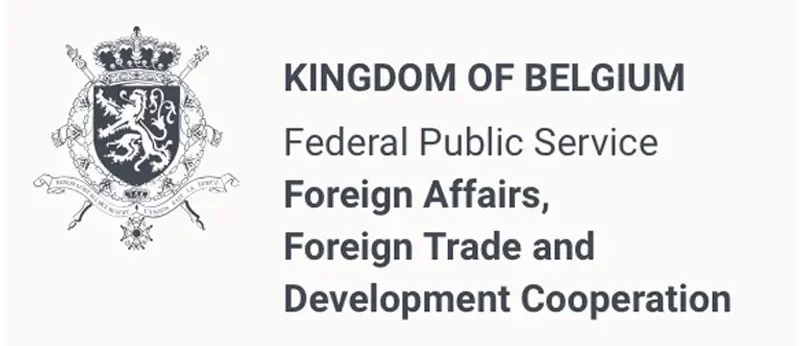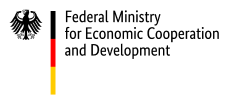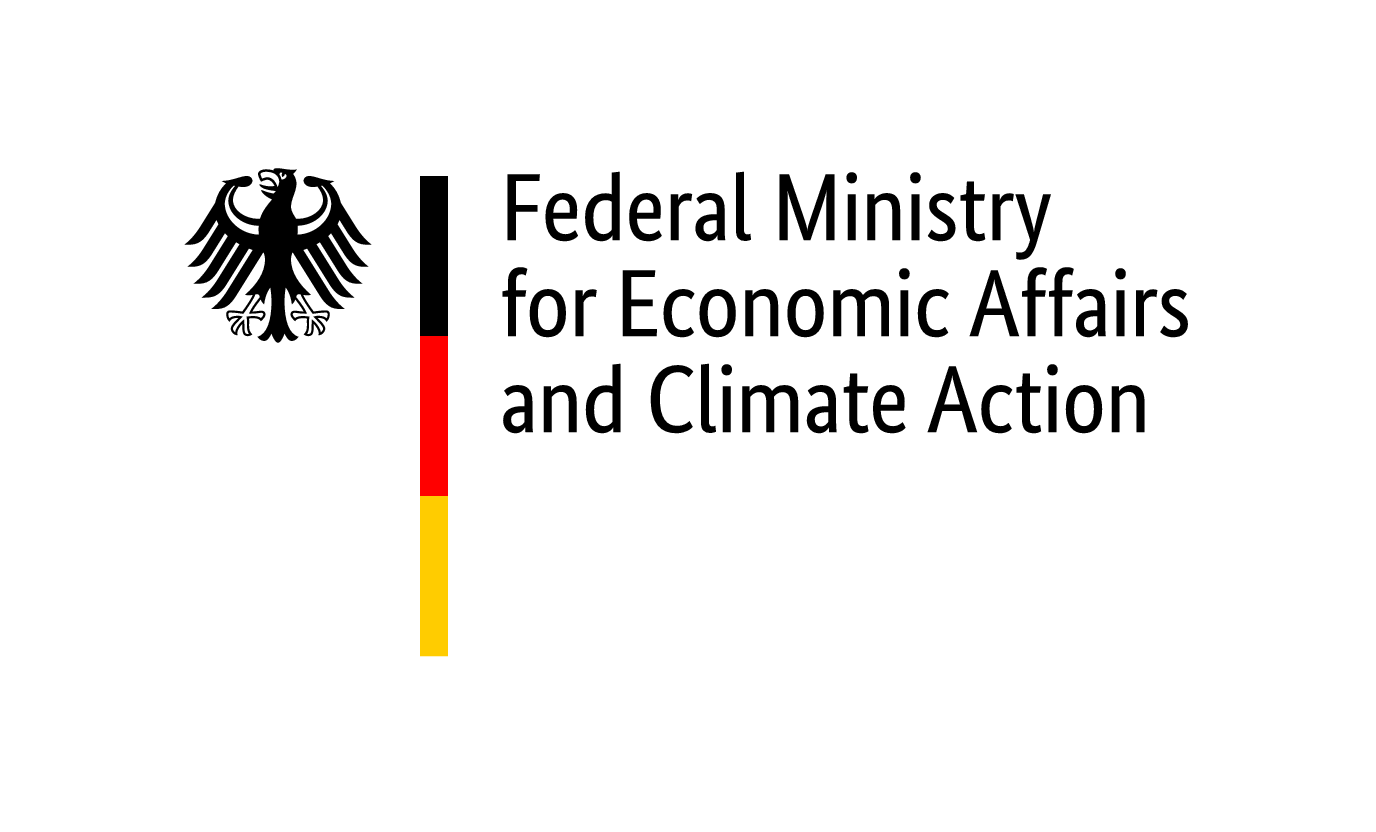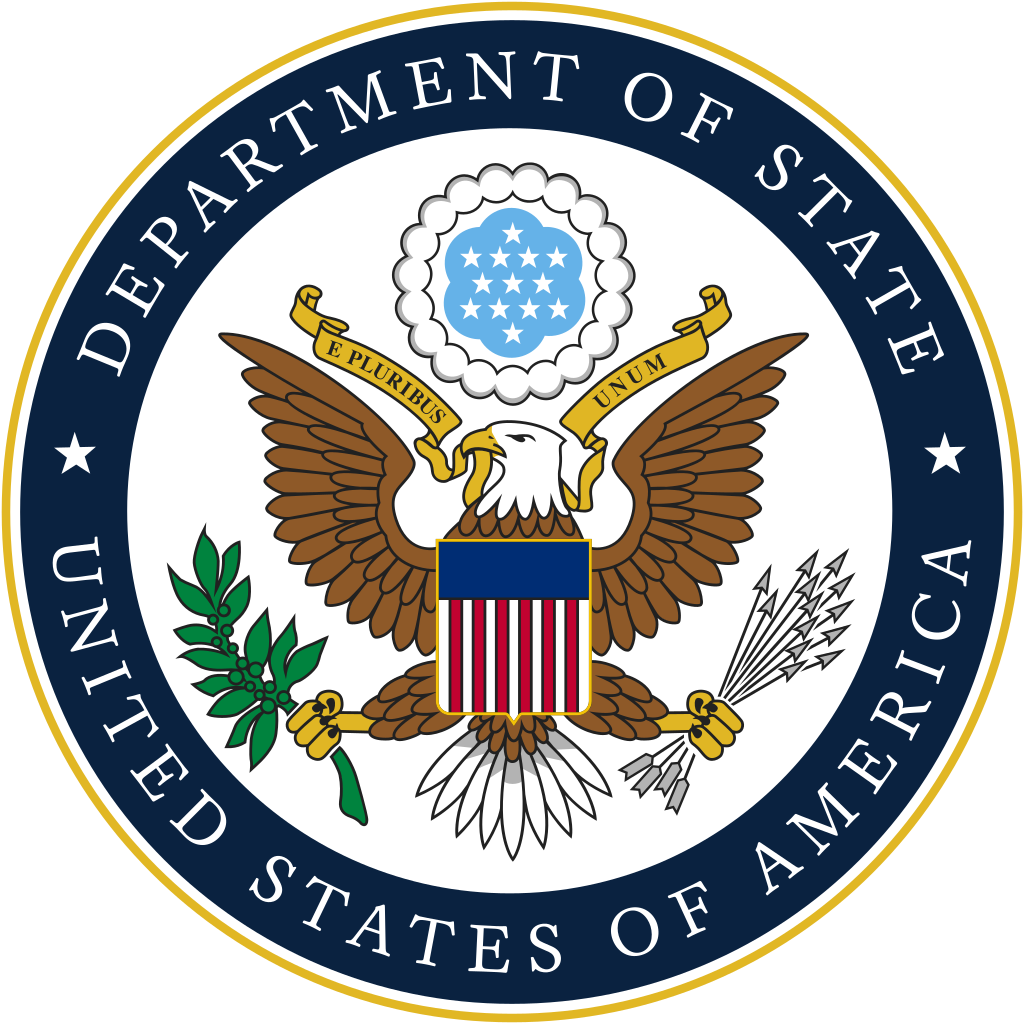With a membership representing 41% of global emissions and 52% of the global population, the NDC Partnership’s strength lies not only in its reach but in its ability to support countries in driving more ambitious action — both through enhanced climate targets and the implementation strategies needed to achieve them.
NDCs 3.0 represent more than just an update to national climate commitments. They are an opportunity for countries to drive sustainable development and adjust course to achieve the goals of the Paris Agreement.
The challenge is clear: Countries must raise ambition, accelerate implementation and unlock finance at scale to address the findings of the first Global Stocktake (GST). The GST showed clear shortfalls in climate ambition, implementation and finance. This means NDCs 3.0 must be more than ambitious — they must be implementable, financeable and based on robust data and multilevel consultations to ensure targets are credible, achievable and verifiable.
Developing and implementing a strong NDC 3.0 requires ongoing collaboration and coalition-building with global and national partners. No national government can drive this transformation alone. Balancing climate science, national priorities and financial viability to develop an NDC demands strong institutional coordination, whole-of-society engagement and targeted technical and financial support. The NDC Partnership plays a critical role in uniting countries and partners to accelerate ambition and action, ensuring no country is left behind.
The Partnership connects countries with tailored support to drive ambitious mitigation and adaptation at the speed and scale needed for real impact.
This support builds on years of sustained engagement with countries, ensuring NDC commitments translate into tangible progress. After supporting 2020 NDC enhancements, the NDC Partnership launched early NDC 3.0 support in 2022, mobilizing steady, country-driven assistance. By leveraging a diverse coalition, the NDC Partnership equips countries to adapt to evolving national capacities, policies and climate challenges.
Supporting more than 100 developing countries, the NDC Partnership continues to build deep, practical insight into NDC planning and implementation. This enables members to provide responsive, long-term support while aligning with countries’ evolving needs. Bridging ambition with action, the NDC Partnership leverages these insights to ensure commitments are matched by the necessary support.
Chief among these insights is that countries are not only seeking technical support to raise ambition — they need investment strategies and integrated planning for ambition and implementation. Implementation and investment planning are often treated as separate steps, with investment strategies delayed until after NDCs are finalized. Without integrating implementation and financing from the start, NDCs risk remaining policy documents rather than actionable roadmaps.
By linking ambition with implementation, the Partnership supports countries’ efforts to turn ambition into action, ensuring that NDCs 3.0 are not just plans but roadmaps for real, lasting change.
What Makes a Strong NDC 3.0
What does a strong NDC 3.0 look like? Through years of supporting countries, the collective efforts of NDC Partnership members have revealed key actions that make an NDC truly ambitious, implementable and financeable. These actions serve as a blueprint for designing NDCs and reflect the type of support the Partnership is mobilizing to support countries:
Develop clear sectoral targets and implementation plans:
A strong NDC includes sector-specific roadmaps that outline concrete actions, responsible entities and timelines. These detailed implementation plans provide a structured pathway for translating national commitments into tangible outcomes.
Integrate investment planning from the start:
Countries that align investment strategies into NDC development are far better positioned to attract finance and execute planned actions. Ensuring that mitigation and adaptation measures are costed and linked to financing instruments makes commitments more actionable.
Engage key ministries and non-government stakeholders throughout the NDC process:
Strong NDCs come from coordination across environment, finance, planning and sectoral ministries, ensuring commitments have institutional buy-in and align with national priorities. Meaningful engagement with the private sector, civil society and local communities builds ownership and strengthens climate policy.
Align NDCs with complementary climate and development plans and frameworks:
A well-structured NDC is not developed in isolation but builds on existing Long-Term Low Emissions Development Strategies (LT-LEDS), national development plans and Biennial Transparency Reports (BTRs). By leveraging BTRs, countries ensure NDCs are based on up-to-date emissions data, progress assessments and implementation gaps to improve climate action accountability.
Plan for robust Monitoring, Reporting and Verification (MRV) systems:
Without clear mechanisms to track progress, even the most ambitious NDCs can struggle to drive real change. Countries that incorporate transparent MRV frameworks are better equipped to assess implementation gaps and course-correct when necessary.
Integrate adaptation and resilience:
As climate impacts intensify and emissions reductions are targeted, the next generation of NDCs must also prioritize adaptation measures that enhance resilience. Strong NDCs integrate adaptation planning with development objectives to ensure that climate risks are effectively managed across sectors.
Create enabling environments:
Establishing institutions, governance mechanisms, legislation, regulatory instruments and policy reforms promotes accountability, transparency and responsiveness for NDC development and implementation.
Strengthening NDCs is only one step — translating ambition into action requires targeted support, coordination and access to the right resources. Through the NDC Partnership, countries secure the technical and financial assistance needed to develop and implement NDCs 3.0 effectively.
NDC 3.0 Support from the NDC Partnership
The NDC Partnership provides tailored NDC 3.0 support, ensuring that all countries, regardless of their starting point, have the tools, expertise and resources needed to develop and implement their NDCs.
The Partnership mobilizes this support through the Global Call for NDCs 3.0 & LT-LEDS. Complementing this effort, the NDC 3.0 Navigator provides structured entry points for countries to identify the most relevant climate actions, explore opportunities to raise ambition and access the right resources to strengthen their NDCs in line with national priorities.
NDC Partnership In-Country Facilitators have also played a pivotal role as the national-level interface in this process, coordinating NDC development, guiding stakeholder consultations, mobilizing and aligning technical and financial support and ensuring external assistance is effectively integrated. Identified and approved by national governments, their contributions also extend to content development, helping shape NDCs 3.0 in alignment with national priorities and global best practices.
Beyond these resources, the NDC Partnership fosters extensive knowledge-sharing and peer learning. The Regional NDC 3.0 Fora were a highlight as NDC development ramped up in 2024, providing dedicated spaces for regional exchange and collaborative problem-solving. But learning extends beyond these events — through webinars, side events and expert discussions the NDC Partnership drives deeper engagement on ambition and implementation.
Through targeted support, peer learning and sustained country engagement, the NDC Partnership ensures that ambition is matched with action — preparing countries to deliver strong NDCs 3.0.
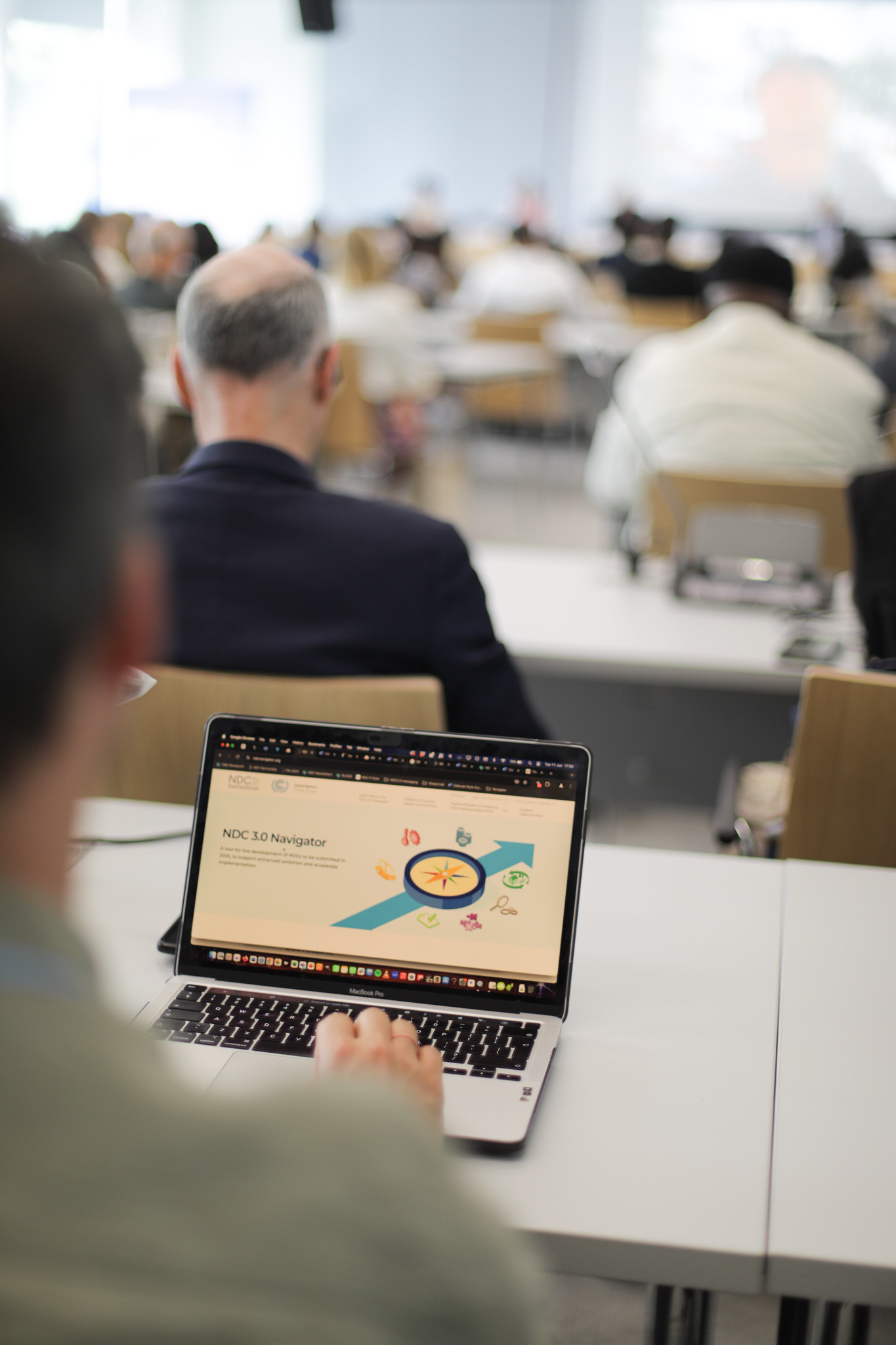
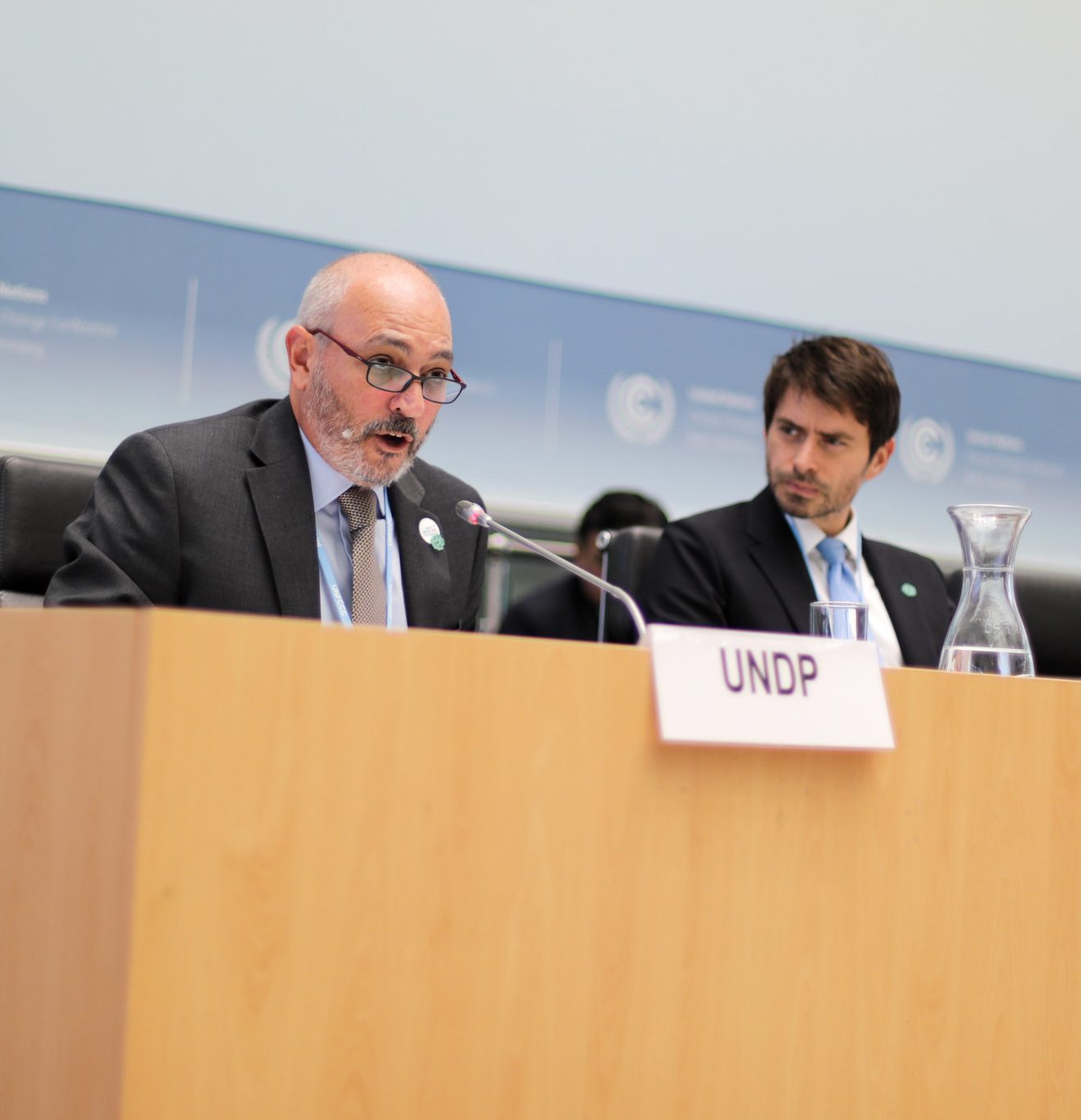
Mobilizing and Aligning Partners
As of June, 81 countries have requested NDC 3.0 support from the NDC Partnership through the Global Call for NDCs 3.0 & LT-LEDS. In response, over 40 partners have stepped in to provide assistance — and countries requesting support have received it. So far, the NDC Partnership has mobilized over USD 41 million, out of nearly USD 53 million requested by countries for NDC 3.0 technical support. This demand underscores the need for sustaining collaboration that will optimize resources available for NDC 3.0 development.
Nearly all countries that submitted their NDC by the first quarter of 2025 are NDC Partnership members, with many joining specifically to access support for their NDC 3.0 submissions. Countries that sought early support for NDCs 3.0 submitted more ambitious plans than those engaging later, highlighting the benefits of early NDC Partnership involvement.
The NDC Partnership Support Unit coordinates with partners to ensure efficient resource allocation and that no country is left behind in the NDC 3.0 process. In collaboration with the United Nations Framework Convention on Climate Change (UNFCCC) secretariat and the United Nations Development Programme (UNDP), the Support Unit tracks support requests, countries’ NDC 3.0 submission plans and partner contributions.
Nearly all of the 81 countries requesting support as of June 2025 have received assistance, but key gaps remain in areas essential for making NDCs financeable and implementable. The NDC Partnership is addressing these gaps through Partnership Action Fund (PAF) funding, providing targeted financial resources where needed as a mechanism of last resort.
The NDC Partnership also arranges on-demand advisory support through the Global Call for NDC 3.0 & LT-LEDS, helping governments develop well-structured and technically sound support requests, expediting the request-response process.
Guiding Countries with the Best Available Information
In 2024, the NDC Partnership and the UNFCCC secretariat launched the NDC 3.0 Navigator with technical input from UNDP, World Resources Institute (WRI) and over 30 other partners. This collaboration brought together the best-available expert resources to support the development of stronger NDCs and strategic support requests to the Partnership.
The NDC 3.0 Navigator is a structured, yet flexible, tool that incorporates the latest climate science to help countries identify gaps and needs in their current NDCs. It supports countries in developing their NDC 3.0 by recommending the most appropriate technical and financial resources and opportunities to strengthen links between NDCs and LT-LEDS for long-term sustainable development.
Offering a clear framework, the NDC 3.0 Navigator ensures that countries submit NDCs tailored to their national contexts and aligned with the outcomes of the first GST, addressing ambition, implementation and financing gaps.
Since its launch, over 30 countries have used it inform their NDC development.
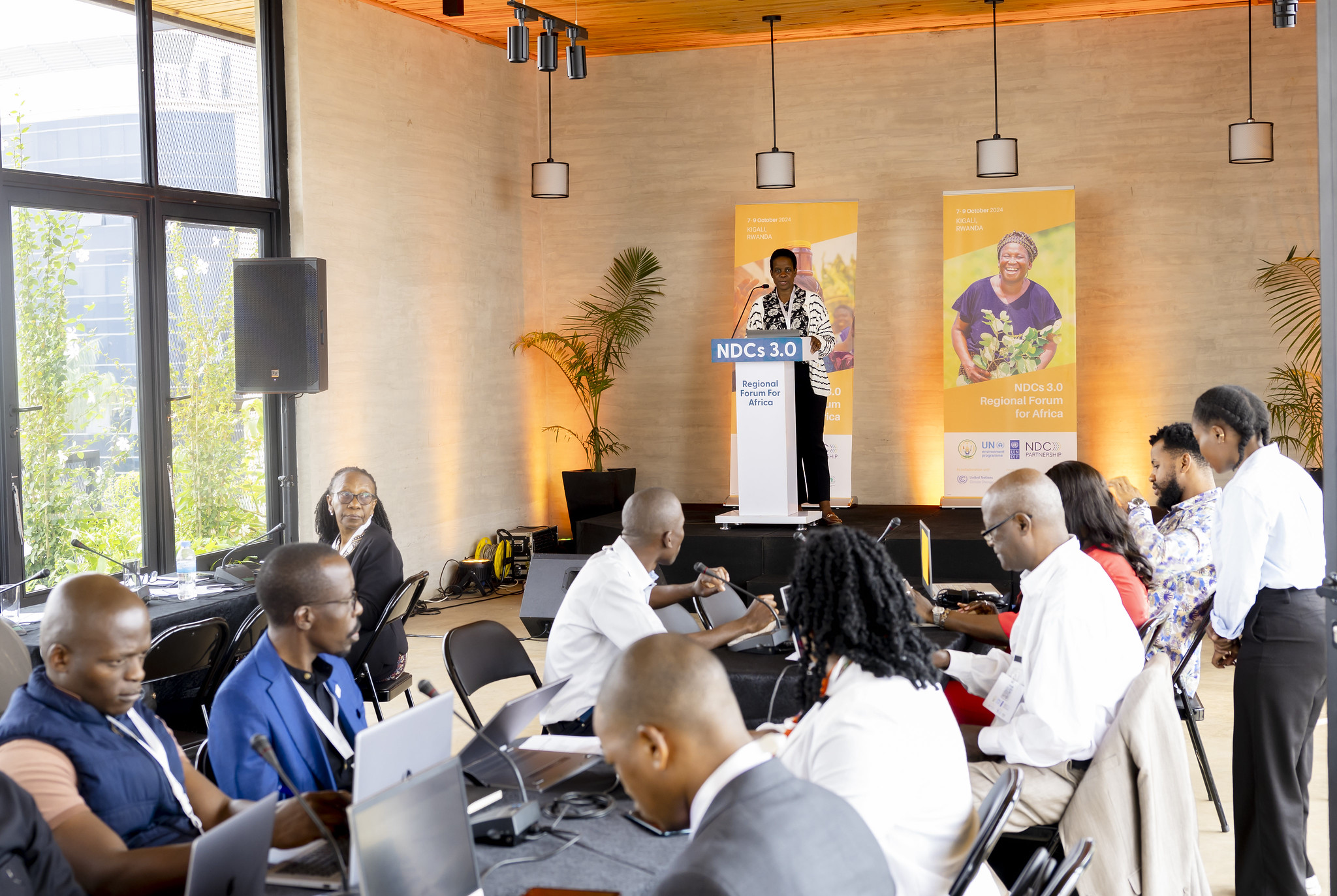
Strengthening Peer Learning and Partnerships
In 2024, the NDC Partnership, UNDP, the United Nations Environment Programme (UNEP) and the UNFCCC secretariat organized six NDC 3.0 Regional Fora across the Pacific, Latin America and the Caribbean, Europe and Central Asia, the Middle East and North Africa, Asia and Africa.
These fora provided a crucial platform for countries to share experiences, exchange knowledge and collaborate on enhancing NDCs. Bringing together government representatives, technical experts and development partners, the events focused on region-specific solutions and best practices.
The fora prepared countries to address regional barriers and build partnerships to bridge technical and financial gaps. Country participants also received training on available support, including the Global Call for NDCs 3.0 & LT-LEDS and NDC 3.0 Navigator.
The fora reinforced ongoing dialogue between governments and partners, laying the foundation for relationships and support beyond the 2025 submission cycle.
Coordinated Action: The Driving Force Behind NDCs 3.0
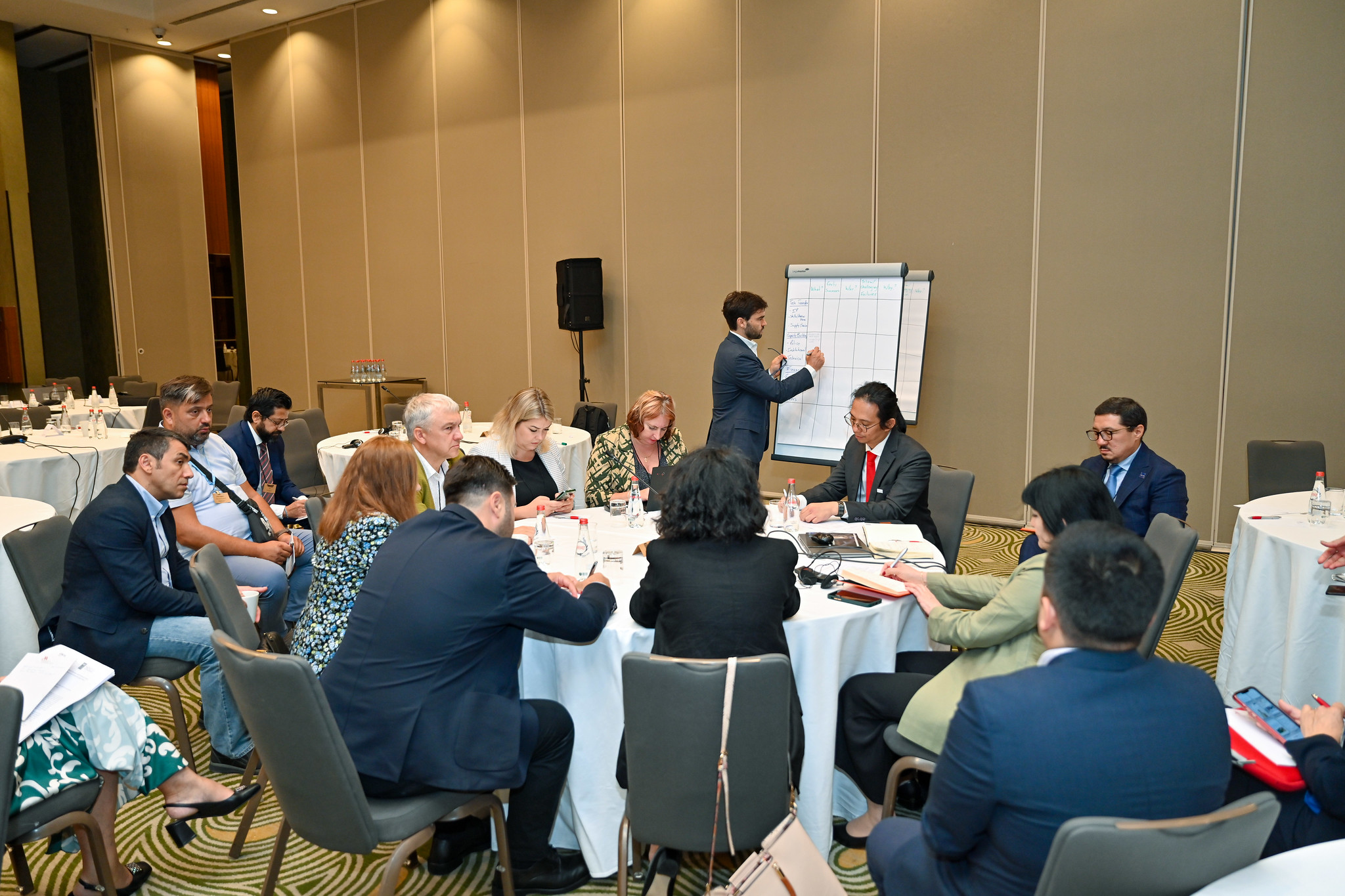
The success of NDCs 3.0 relies on strong collaboration between countries and partners, with the NDC Partnership playing a key role in mobilizing and aligning partners’ technical and financial resources.
To date, more than 40 partners are actively supporting countries through the Global Call for NDCs 3.0 & LT-LEDS. Key partners like UNDP, German Cooperation — including GIZ, BMWK and BMZ — Climate Analytics, UNEP and the World Bank have responded to over half of all country requests. The UK has also provided funding to “first responders” providing early support.
“The Global Call spurred significant momentum for long-term low-emission planning and the early preparation for NDC 3.0,” says Catherine Diam-Valla, Climate Change Technical Specialist at UNDP. “We are inspired by the enthusiasm countries have shown in undertaking these ambitious plans and by the trust placed by developed country partners in the Climate Promise to support these efforts. We urge other partners to join us in combining resources and expertise to help countries prepare their most ambitious NDCs yet.”
The 2050 Pathways Platform has also been instrumental in aligning NDCs with long-term planning. “The NDC 3.0 process is a crucial opportunity to unlock ambitious climate action by aligning NDCs with LT-LEDS and setting coherent short-, medium- and long-term objectives,” notes Marcela Jaramillo, Executive Director at the 2050 Pathways Platform. “Through the Global Call, we’ve shared our experience on long-term planning and alignment while identifying countries’ support needs.”
Most recently, the World Bank has committed to leveraging its country teams to support Global Call requests in the lead-up to COP30. Through its Climate Support Facility, the World Bank is prioritizing NDC 3.0 enhancements. “Stronger, more operationally ambitious NDCs are essential for countries to achieve low-carbon, resilient growth,” says Sudharshan Canagarajah, Climate Change Group Practice Manager at the World Bank. “We’re supporting stock takes, modeling and analysis, aligning NDCs with development objectives through Country Climate and Development Reports, and helping to strengthen NDC targets. By coordinating with the NDC Partnership and other partners, we aim to ensure countries’ urgent needs are met ahead of their 2025 NDC submissions.”
GIZ has similarly emphasized the importance of collaboration: “The Global Call facilitates coordinated efforts, prioritizing policy coherence, capacity building, institutional arrangements and resource mobilization tailored to each country’s needs,” says Ploypailin Sundarajumpaka, Climate Policy Advisor at GIZ. “The message is clear: Partners are ready to work with countries to define their strategies and raise ambition, together.”
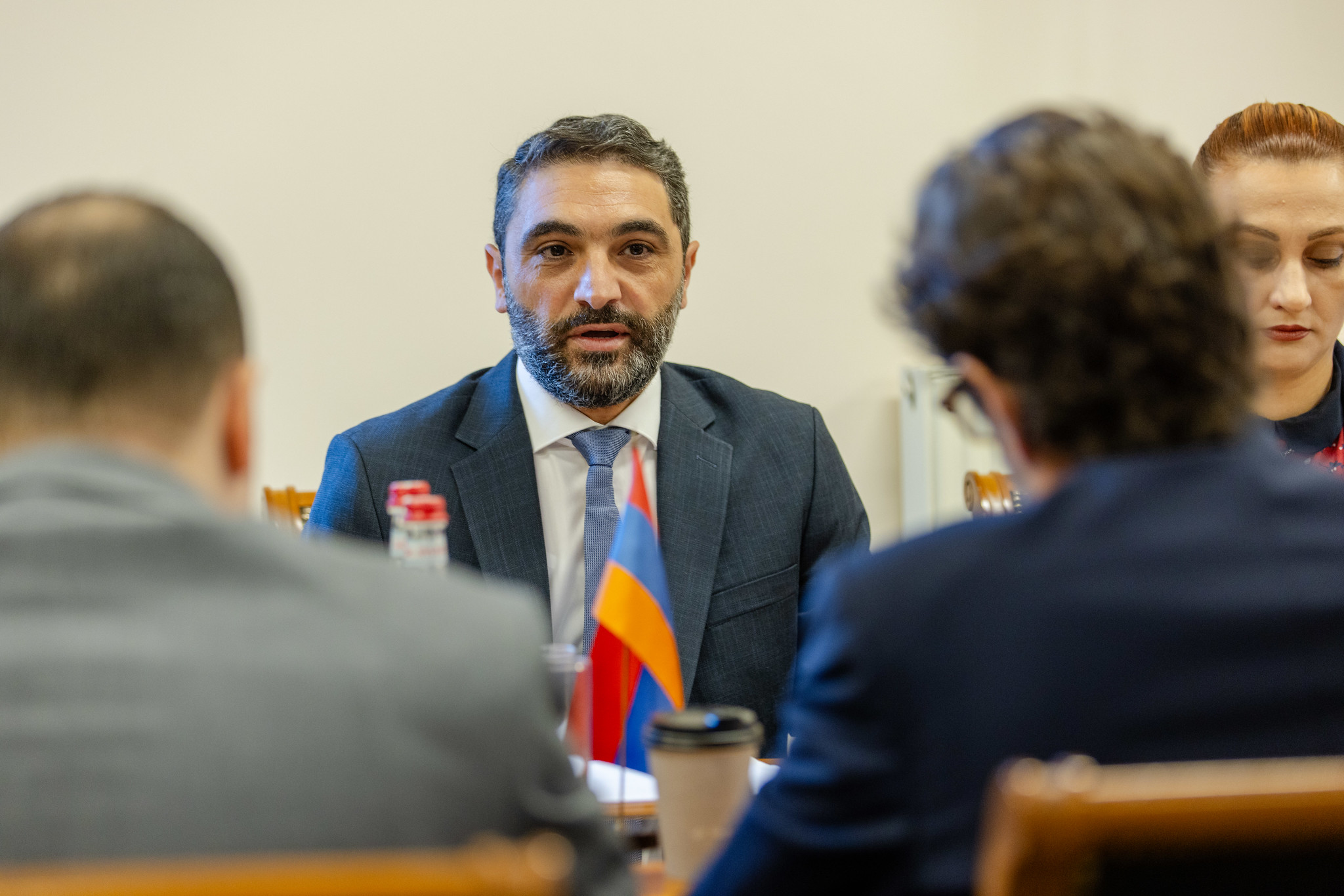
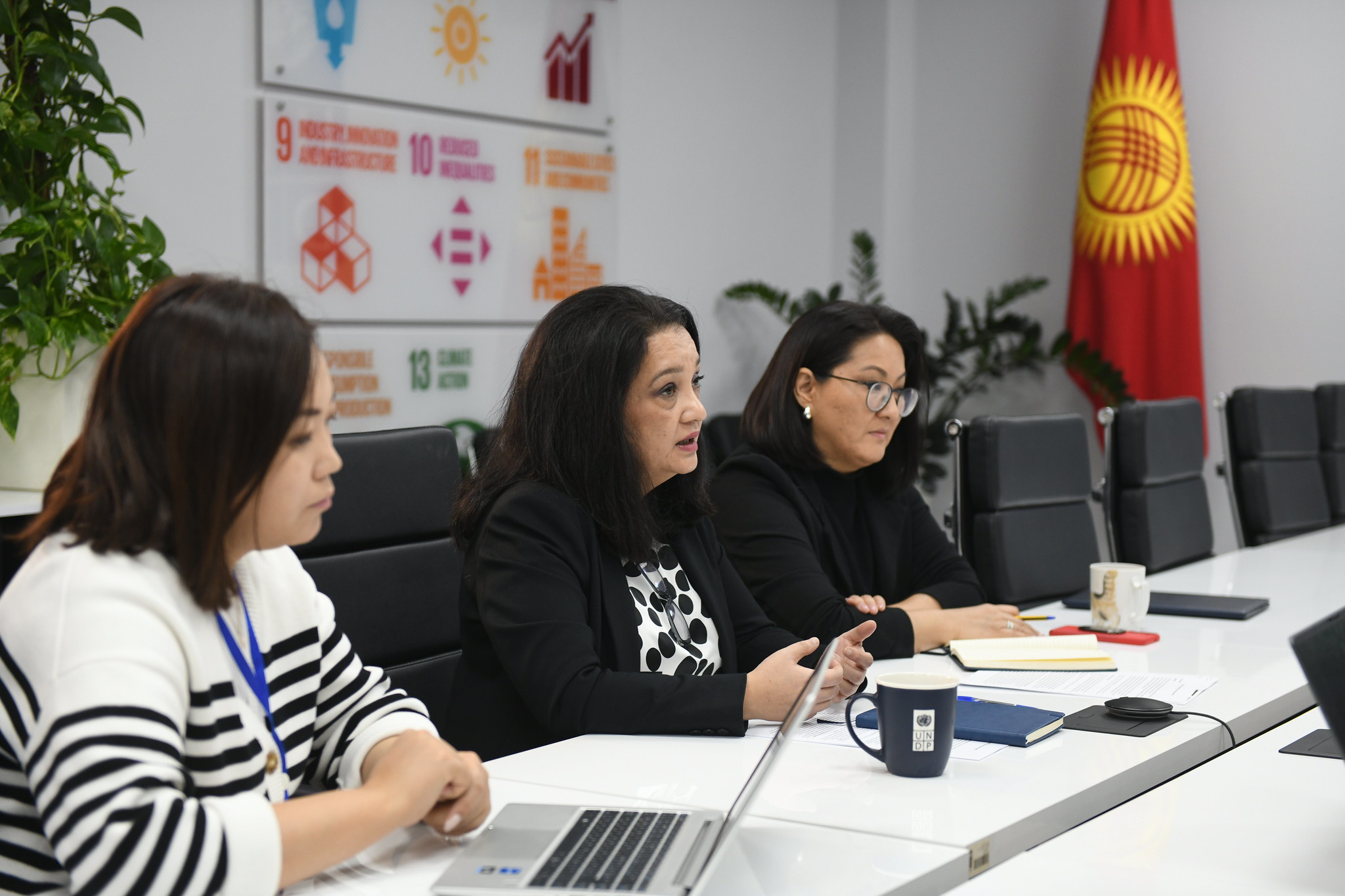
Looking Forward through 2025 and Beyond
Delivering strong NDCs requires coordination with levels of government and the whole of society, along with dedicated time and resources from support providers. While many countries have yet to submit their NDC 3.0, momentum is building. As of 1 June, 22 countries have already submitted their NDCs or provisional statements, with 20 being NDC Partnership members. The submitted NDCs include both developed and developing countries, with two major emerging economies among them. Collectively, these submissions represent approximately 21% of global emissions.
With 20 being NDC Partnership Members, including Cuba, Ecuador, Maldives, Marshall Islands, Saint Lucia, Montenegro and Zimbabwe, sustained support from the NDC Partnership is already evident in these early submissions.
Looking ahead, more than 160 additional countries are still expected to submit their NDC — but the work does not stop there. Countries will continue refining their commitments, developing financing strategies, implementation plans and MRV systems to track progress.
Sustaining momentum beyond 2025 will be crucial as countries transition from planning to action, ensuring commitments lead to tangible climate outcomes. The NDC Partnership is committed to uniting countries and partners to shape the future of global climate action.
More Impact Pathways

Armenia's Push for Clean Energy and Sustainable Development
See this pathway in action by exploring how Armenia is accelerating NDC implementation across climate-vulnerable sectors.
Read Story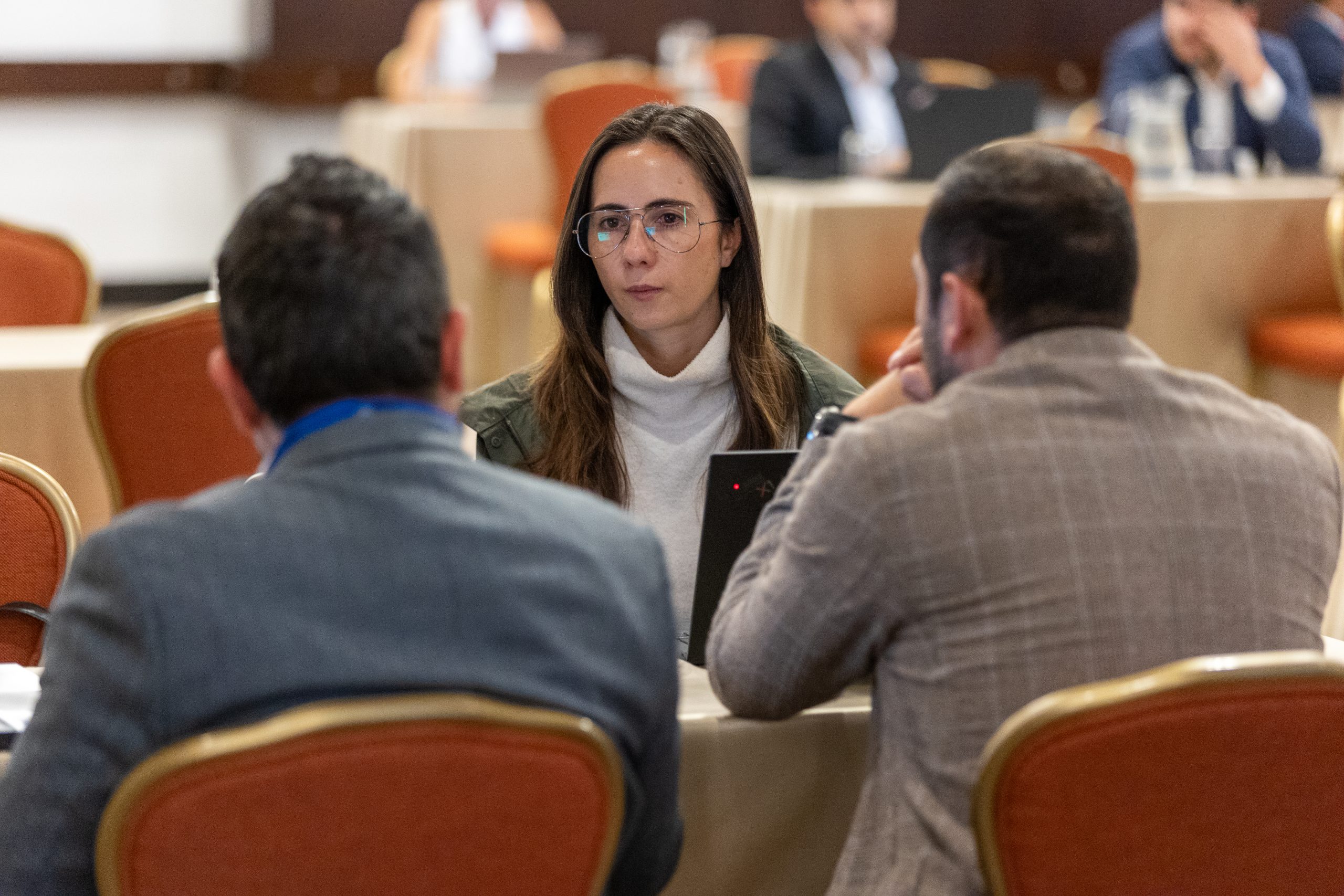
Financing the Future: Colombia’s Climate Finance Broker
See how Colombia is promoting climate investments through its Climate Finance Broker Facility.
Read Story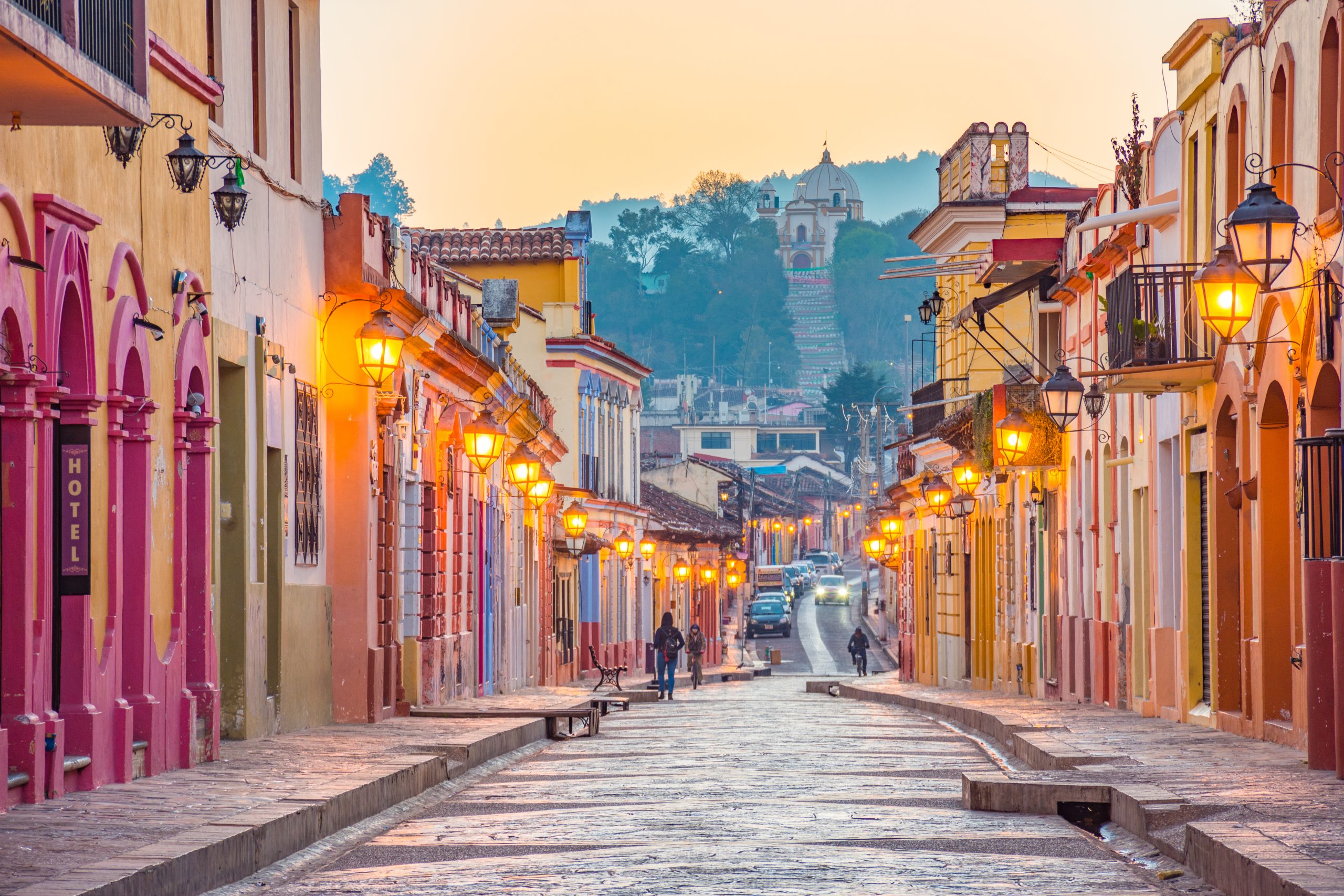
Mainstreaming Sustainability and Climate Goals into National Development
Explore how countries are integrating climate action with gender, youth and broader national development priorities.
Read Story
